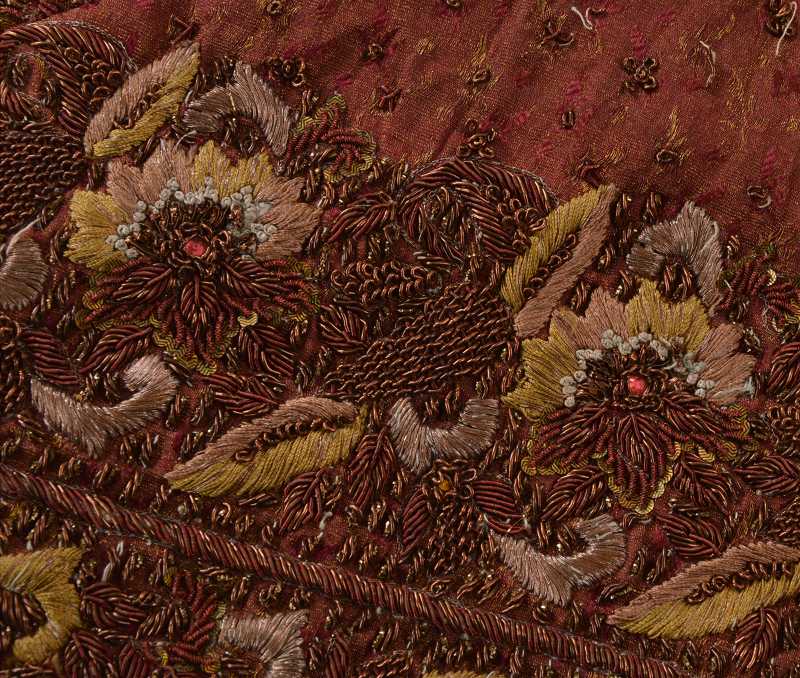===
0904,
10
===

=== |
 |
āb : 'Water; water or lustre (in gems); temper (of steel, &c.); edge or sharpness (of a sword, &c.); sparkle, lustre; splendour; elegance; dignity, honour, character, reputation'. (Platts p.1)
FWP:
SETS == OPPOSITES
MOTIFS == [BELOVED IS GOD]
NAMES
TERMSHow does the protean āb sā (see the definition above) work? Since water is clear, it could be thought of as invisibly (or at least metaphorically) present in all colors. Or the image could be the mixing of watercolors on the painter's palette, in which water is always an ingredient. Or we could take the meaning of 'sparkle, luster, splendor, elegance' and say that every color has a radiance of its own, but this radiant quality is not a part of the color itself. Or we could think of the 'temper' of steel, so that the true essential quality or 'dignity' of every color is in fact based on colorlessness. Once we get into Sufistic territory-- and really, the substratum, the essence, the āb , of Urdu ghazal is Sufistic territory-- the imagery readily turns paradoxical.
Note for grammar fans: The reason we see the singular hai instead of the plural haiñ for the two entities is of course that when multiple subjects are present, the verb takes the number and gender of the last one (the one nearest the verb). Here this grammatical feature also works well to show the 'oneness' of color and colorlessness.